About Toncoin (TON)
Toncoin (TON) is the native cryptocurrency of The Open Network (TON), a decentralized ecosystem designed to offer a more scalable, efficient, and secure internet experience. TON is not just a blockchain but a comprehensive platform that integrates various decentralized services, from smart contracts to storage, offering users and developers a unique and versatile environment. Originally developed by the team behind Telegram, TON has evolved into a fully decentralized ecosystem after a legal dispute with the U.S. Securities and Exchange Commission (SEC), which led to the discontinuation of Telegram’s initial involvement in the project.
Key Features of TON (The Open Network)

1. Distributed Supercomputer
At the heart of the TON ecosystem is the TON Blockchain, which acts as a decentralized “super server” or distributed supercomputer. It integrates several services and platforms, processing millions of transactions per second (TPS) and allowing for seamless interactions across decentralized applications (DApps), storage, and smart contracts.
- TON Blockchain is optimized for high scalability and performance.
- Decentralized infrastructure ensures that no single entity has control over the entire network.
2. Speed and Scalability
TON is designed to handle billions of users and an immense volume of transactions. It uses cutting-edge technologies like sharding and dynamic scalability to ensure that the platform remains fast and efficient as it grows.
- Speed: New blocks are generated every 5 seconds, allowing for rapid transactions and the smooth execution of smart contracts.
- Scalability: Thanks to workchains and shards, TON can scale almost infinitely, processing millions of transactions per second.
3. Sharding for Efficiency
TON’s unique approach to sharding divides the network into smaller, manageable parts called shards, each handling a specific task. This allows the network to work in parallel, significantly reducing processing time and preventing bottlenecks.
- Sharding increases the network’s ability to handle large amounts of data without sacrificing performance.
- The system scales horizontally, meaning as the demand increases, more shards are added, further boosting the platform’s efficiency.
4. Proof of Stake (PoS) for Secure Transactions
TON uses a Proof of Stake (PoS) consensus mechanism to validate transactions. This energy-efficient system rewards validators based on the number of Toncoins they hold and stake, ensuring the network remains secure and decentralized.
- Validators secure the network and verify transactions in exchange for staking rewards.
- The PoS mechanism is environmentally friendly, unlike Proof of Work (PoW) systems, which require significant computational resources.
5. TON Virtual Machine (TVM)
TON supports smart contracts through its specialized platform called the TON Virtual Machine (TVM). This virtual machine allows developers to execute and deploy smart contracts in a way that is efficient, fast, and cost-effective.
- TVM is optimized for the TON ecosystem, providing a seamless environment for decentralized applications (DApps).
- The TON Virtual Machine enables easy implementation of complex operations without sacrificing speed or performance.
Toncoin: The Fuel of the TON Ecosystem

Toncoin (TON) serves as the native cryptocurrency for the TON network and has a wide range of uses within the ecosystem:
- Payment and Fees: Toncoin is used for transaction fees and payments within DApps on the TON network.
- Staking: Users can stake Toncoin to participate in the Proof of Stake consensus mechanism and earn rewards.
- Fuel for the Ecosystem: Toncoin powers the decentralized services and applications running on the network, making it essential for users and developers within the TON ecosystem.
As of now, Toncoin is listed on multiple exchanges, including Kucoin, MEXC, and LBank, and is currently trading at around $1.76 (with a 4.26% weekly increase). This suggests a growing interest and potential in the TON network.
Background and Development
- Initial Development by Telegram: TON was originally created by the Durov brothers, Pavel and Nikolai, as part of Telegram’s vision for a decentralized internet. The project gained significant attention due to Telegram’s reputation and massive user base.
- Legal Issues with the SEC: The U.S. Securities and Exchange Commission (SEC) filed a lawsuit against Telegram in 2019, accusing it of conducting an unregistered securities offering through the initial coin offering (ICO) for the Gram token, the original token of the network.
- Post-Telegram Era: After the legal challenges, Telegram decided to exit the project in 2020. However, the TON project continued through a community-driven effort led by independent developers and supported by the TON Foundation. The open-source nature of the project allowed for a smooth transition and continuation.
TON Ecosystem: A Decentralized Internet
The TON ecosystem goes beyond just a blockchain. It incorporates several key components that together create a fully decentralized internet infrastructure:
- TON Blockchain: The backbone of the ecosystem, providing a scalable, fast, and secure platform for decentralized applications.
- TON Domain Naming System (DNS): A decentralized domain name system that allows users to create human-readable addresses for TON-based services.
- TON Storage: A decentralized storage solution that enables users to store and retrieve data securely and efficiently within the TON network.
- TON Services: Beyond financial transactions, TON enables the creation of decentralized applications (DApps) that support various use cases, including decentralized finance (DeFi), gaming, social platforms, and more.
Conclusion: The Future of TON and Toncoin
Toncoin and the TON network represent a significant shift toward a decentralized internet that empowers users and developers alike. With its innovative use of sharding, Proof of Stake, and a high-performance blockchain, TON is well-positioned to support a wide variety of decentralized services, from finance to data storage.
TON’s emphasis on scalability, security, and speed makes it an attractive platform for developers looking to build decentralized applications, while its native cryptocurrency, Toncoin, fuels the network and rewards participants. As the network continues to grow and evolve, TON has the potential to become a central player in the decentralized internet ecosystem, offering a wide range of opportunities for users, investors, and developers.

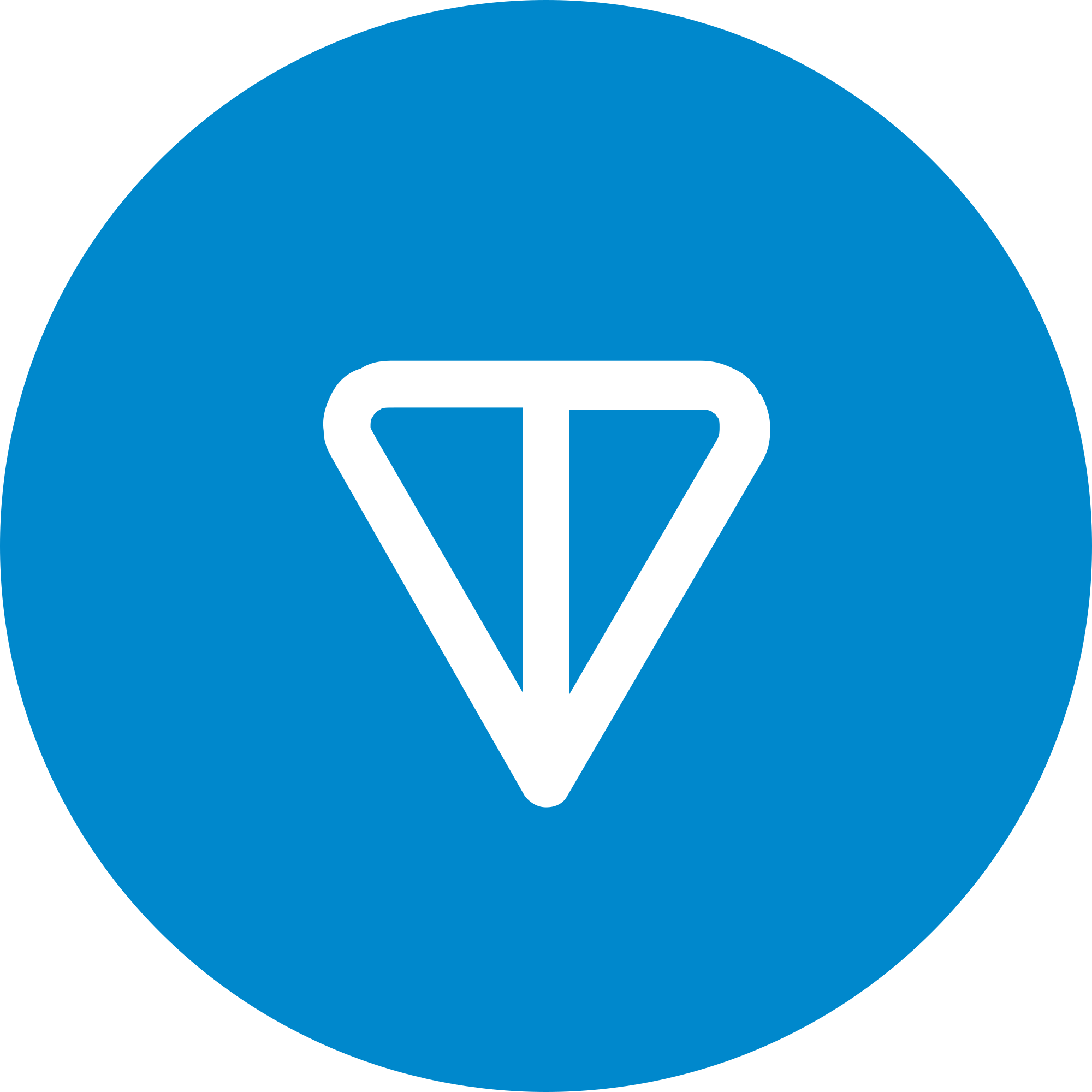
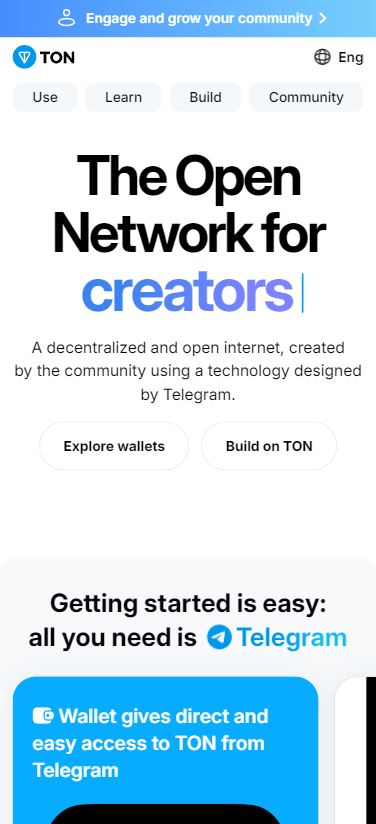
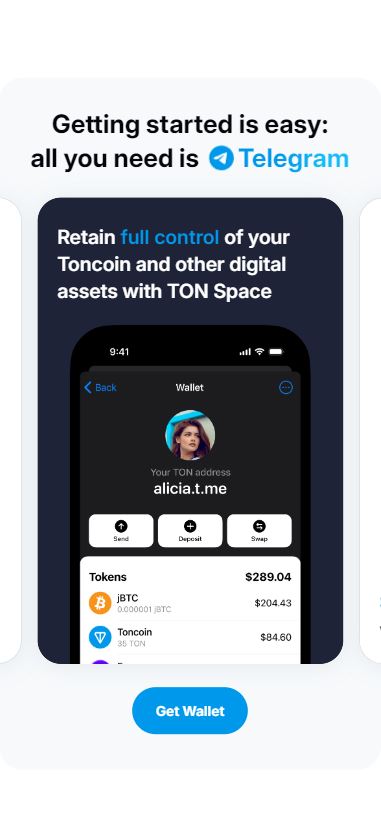
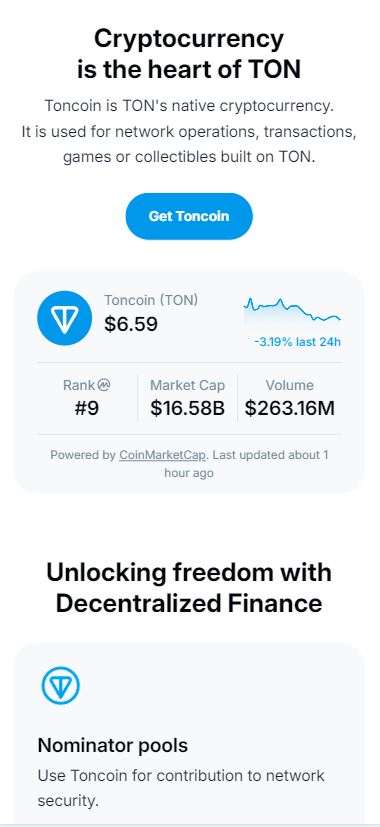
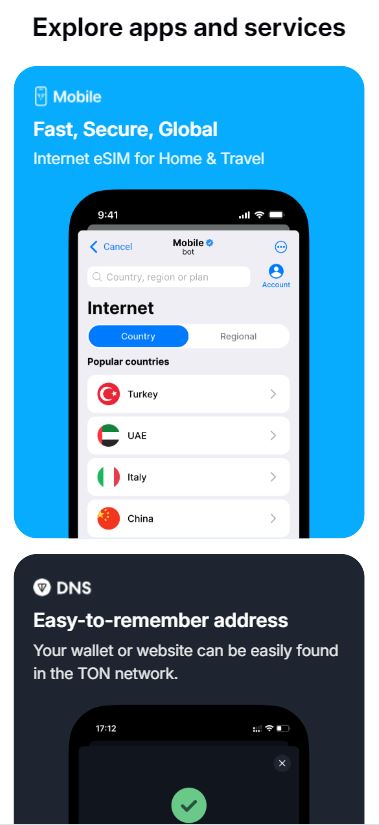
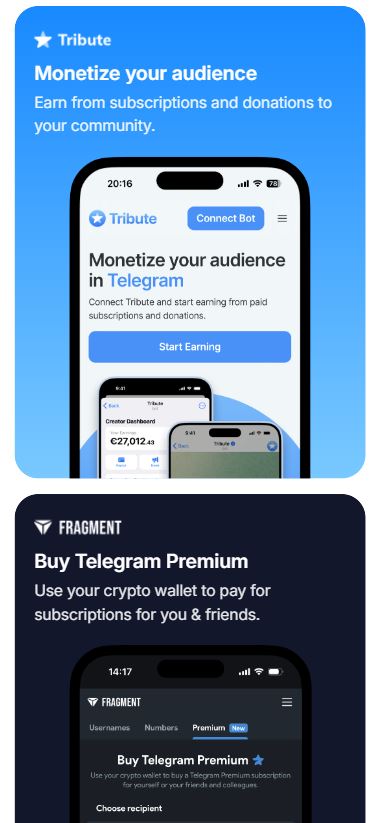
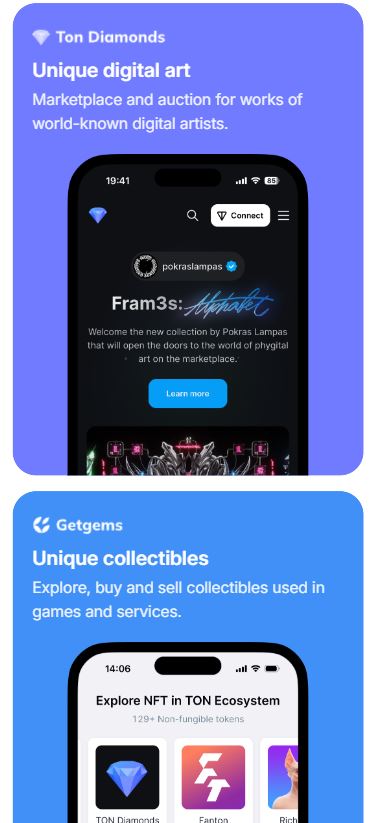
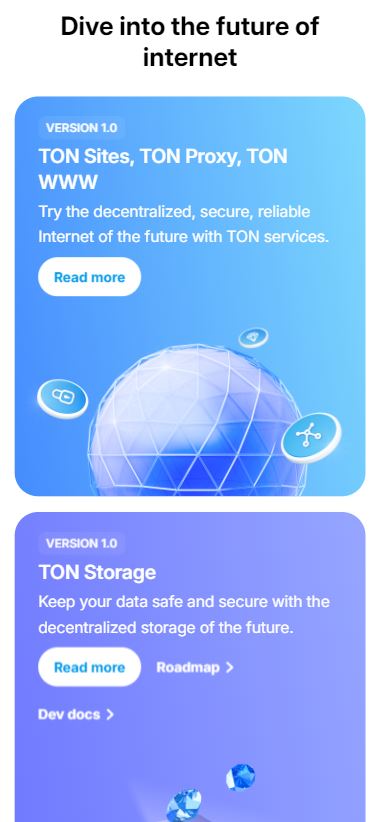














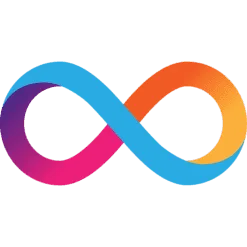
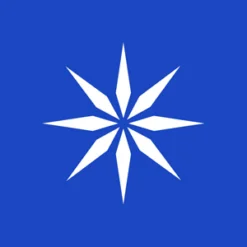



Andrew Musk –
Good project!